Cheri Anderson, University of Arizona, Tucson, Arizona
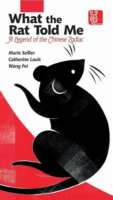 This July blog highlights the need to include more in depth discussion of the illustrations within picture books in published book reviews. The blog entries will each discuss an award-winning international picture book as an example of the kinds of discussion that should be occurring more frequently in reviews.
This July blog highlights the need to include more in depth discussion of the illustrations within picture books in published book reviews. The blog entries will each discuss an award-winning international picture book as an example of the kinds of discussion that should be occurring more frequently in reviews.
Illustrations create a depth of meaning within picture books that are essential to the reading experience for that book. Unfortunately most picture book reviews give only basic information about the illustrations, usually just the medium or technique. Although the medium used by illustrators and the techniques for how they create the art is important, many other visual aspects elements are equally as interesting. The complexity of illustrators’ decisions as they go about their creative processes is fascinating. Some of these decisions are also made by the art directors at the publishing companies. Visual decisions such as the book format, size of the book, font selection, and scale add to meaning making for the reader. Through skillful use of visual elements, such as color, line, space, and perspective, the illustrator engages the emotions of the reader and directs the reader’s attention. Just as important as the written text in establishing authenticity in picture books is a close examination of the illustration style and whether it indicates a particular location of where the story takes place and whether the style and the details in the images are authentic to the culture depicted in the book. Further, the illustrations need to be examined for possible stereotypes or inaccuracies.
Continue reading


 Reading biographies, studying the genre while having access to a variety of titles about the same person offers choice as well as opportunities for depth and exploration. Consider Elisabeta, a Mexican American fifth grader who did not see herself as a reader, who expresses surprise at the extent she got hooked on reading about the life and work of Mexican artist Frida Kahlo:
Reading biographies, studying the genre while having access to a variety of titles about the same person offers choice as well as opportunities for depth and exploration. Consider Elisabeta, a Mexican American fifth grader who did not see herself as a reader, who expresses surprise at the extent she got hooked on reading about the life and work of Mexican artist Frida Kahlo: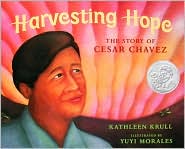
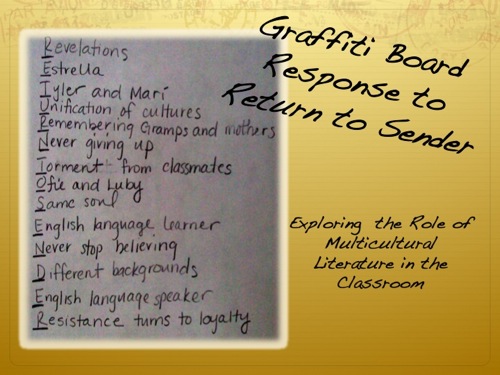


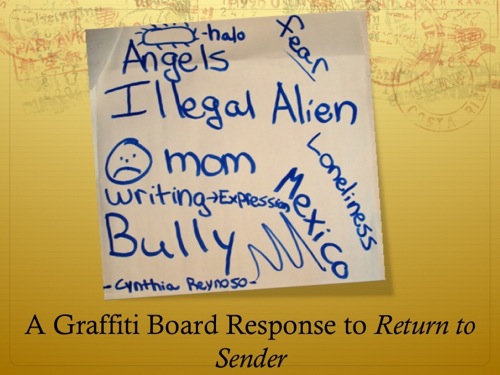
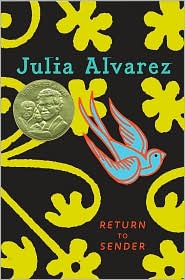 In our work as Latina teacher educators, we prepare teachers to be successful literacy educators in a multilingual world. In our teaching, we use high quality children’s and adolescent literature in order to invite our students to read multiculturally (Hade, 1997). That is, through small group and whole class literature discussions, we engage pre-service and in-service teachers to make personal connections with the literature and to take a critical stance to explore questions that often reveal the many sociopolitical forces shaping the education of minority students in the United States. These include interpreting signs of power, race, class, and equity, among others, as they are represented in the literature.
In our work as Latina teacher educators, we prepare teachers to be successful literacy educators in a multilingual world. In our teaching, we use high quality children’s and adolescent literature in order to invite our students to read multiculturally (Hade, 1997). That is, through small group and whole class literature discussions, we engage pre-service and in-service teachers to make personal connections with the literature and to take a critical stance to explore questions that often reveal the many sociopolitical forces shaping the education of minority students in the United States. These include interpreting signs of power, race, class, and equity, among others, as they are represented in the literature.